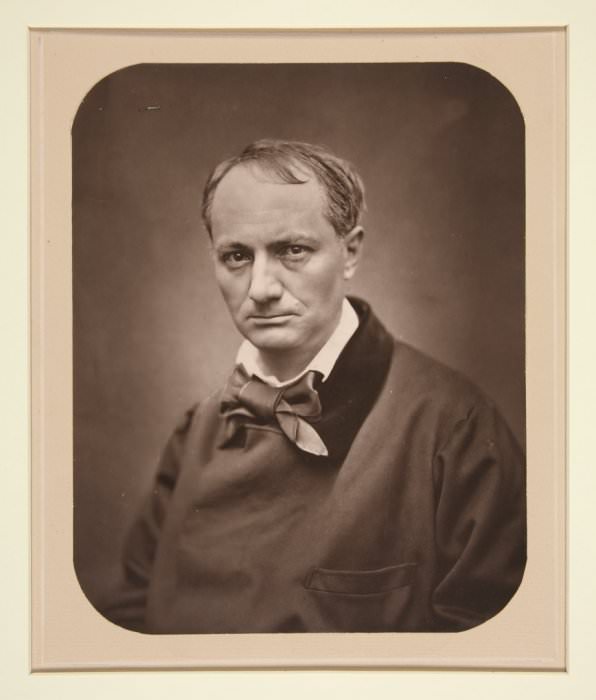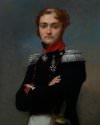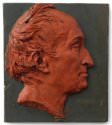Charles Baudelaire

Charles Baudelaire
Photography was invented in 1839, and early practitioners immediately realized its potential in the genre of portraiture. The ability to take an exact likeness of an individual appealed particularly to the Romantics, who strove to capture their subject’s character and spirit on a photosensitized plate—to visually “seize” their sitter’s soul. Yet it was not until the early 1860s and the invention of the Woodburytype—the first successful photomechanical printing process—that photographic portraits could be mass-disseminated in newspapers, journals, and books, enabling people around the world to view the true likenesses of kings, presidents, composers, writers, and artists. Moreover, because the Woodburytype was almost completely free of grain and could render a full tonal range, the process enjoyed a special relationship with Romantic portraiture, as these exquisite likenesses of Charles Baudelaire, Georges Sand, and Victor Hugo attest.


